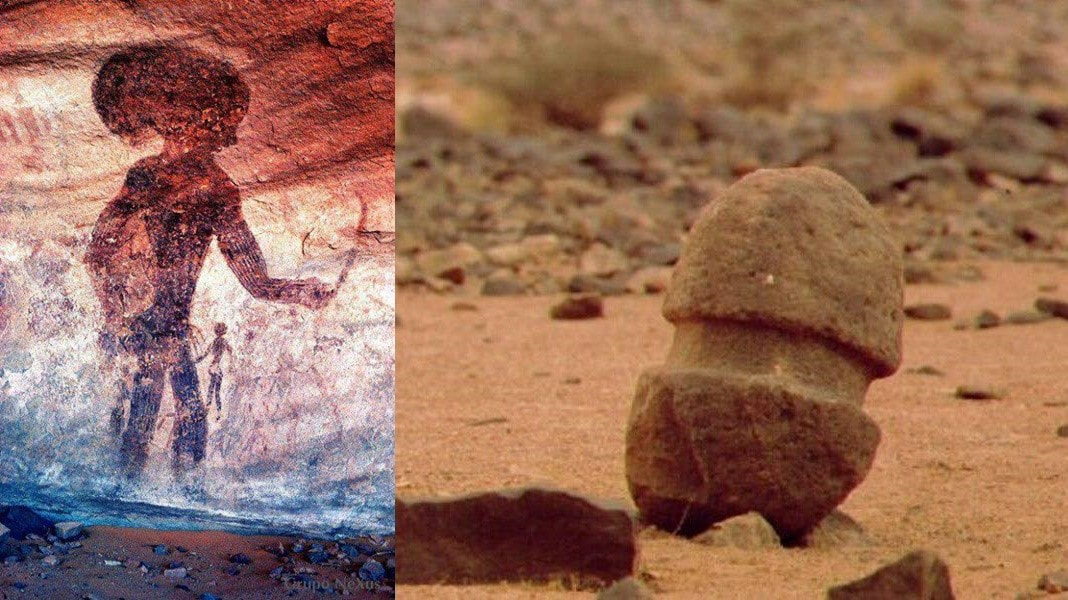

You may notice on those dates that they all say 'the beginning of tale x'.


A little history here, I played at the beginning of Tale 1 in early 2003, came back for the beginning of Tale 3 in mid 2006 and the beginning of Tale 4 in late 2008. At the end the server is wiped, changes made to various game systems and mechanics, and a new Tale begins with a new generation of immigrants to the desert lands.Īt the time of this writing Tale 6 is drawing to a close and Tale 7 is being discussed and planned as the players start the push to build the 7 monuments and I find myself once more drawn to this social/building sandbox. As part of the monument a new test is designed and 'inscribed' into the monument for future generations.

The 'goal' is to promote an Oracle in each of the 7 Schools of Man (Harmony, Body, Worship, Architecture, Art & Music, Leadership, and Thought) and build a monument to each of the 7 Schools before the end date. There is a point in the game that is meant to trigger the 'end game'. The biggest difference from most MMOs, however, is really the fact that it is designed to end. I have many great memories of group events over the various times that I've played, and I certainly wouldn't have those without the other players. In many cases for the various Tests you will need other players in different capacities (to judge your art work, or puzzles, to vote for you or your law, etc.) This isn't to say that dealing with players is always bad, it's not. At some point you're going to need to trade for items that you can't find or make yourself, or need the assistance of other players to get some of those items. Now there are certainly things that you can go off and do on your own, but generally speaking one player isn't going to be able to do everything themselves. ALL of your interaction is with other players. Of course that plays into and is enhanced by the lack of NPCs in the game. Additionally, there are player elected positions (Demi-Pharaoh), player proposed and passed laws, and the general social nature of the game that creates plenty of opportunity for debate and. ATitD has a lot of competitive tests, and a lot of other issues (Pollution, resource availability, etc.) that can create conflict and drama between people. I've seen as much if not more conflict and drama in ATitD than I have in some purely PvP MMOs. Just because I say that there's no combat in ATitD, don't make the mistake of thinking that there's no conflict. (* - Note - there can be 'NPCs' but only in that the developers may spawn characters for story reasons, but such characters are being controlled by a Dev or GM at a keyboard, not interacting on their own via AI.) Finally, and probably the biggest thing, is that it is designed to have an ending. Secondly there are NO NPCs* to interact with, you don't go out and get your loot and sell it to the vender for in game coin. There is no 'threat' that your character is trying to overcome (There's a challenge, but I'll get into that more later) and you are not a 'hero' that is some how better than everyone else. A Tale in the Desert (ATitD for short) differs from most MMOs in a couple or ways. Since then it's a game that we've returned to several times over the years and as such I've decided that it deserves some attention again.Ī Tale in the Desert is a persistent MMO with a focus on social interaction, building and puzzle solving. A Tale in the Desert is a game my wife and I first encountered back in early 2003 when it launched. Those that have known me for a while may remember that I wrote about this game a loooong time ago (well a long time ago in computer/game terms at least) on a forum for another game entirely.


 0 kommentar(er)
0 kommentar(er)
